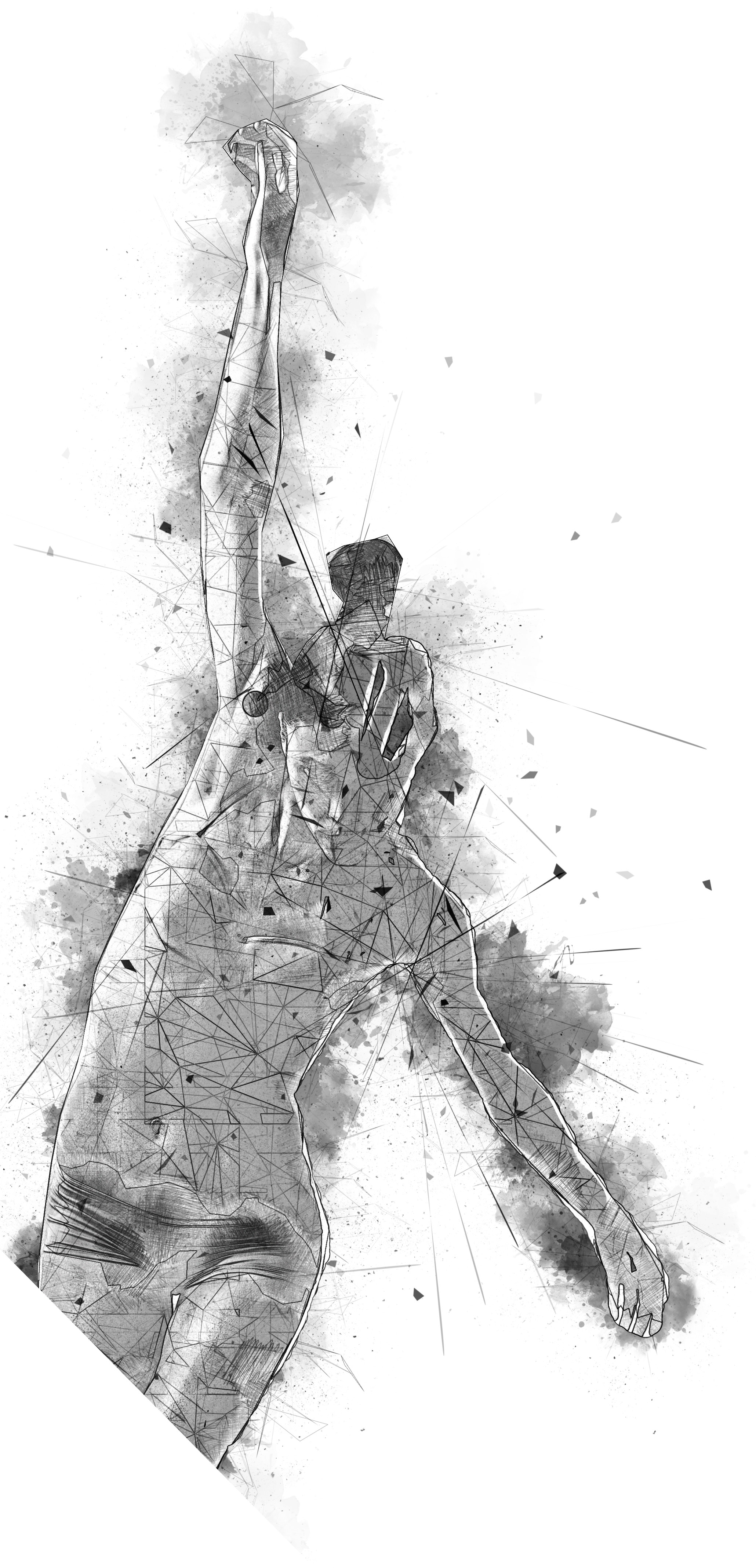SUCCESS
Welcome to Pratap Museum/Tibar
We are absolutely delighted to see you here today! As you step into the halls of our museum, you embark on a journey through history, art, and innovation. Each exhibit has been meticulously curated to inspire, educate, and provoke thought, offering a window into the myriad ways in which human creativity and ingenuity have shaped the world.
Timing - Morning 8:00 am to 1:00 pm. Evening 4:00 pm to 7:00 pm
Entry Fee -For local Students INR 20, For Indians INR 50 and For Foreigners INR 100.
Our culture
Garhwali culture, rooted in the heart of India’s Uttarakhand state, is a vibrant tapestry of traditions, rituals, and an enduring heritage that reflects the life of the Garhwal Himalayas. This rich cultural landscape is shaped by the rugged terrain and the resilient spirit of its people, who maintain a lifestyle that harmonizes with the natural beauty surrounding them.
Language and Literature
The Garhwali language is an integral part of the cultural identity, with its own set of folk songs, proverbs, and tales that have been passed down through generations. Literature in Garhwali has flourished in recent years, bringing to the forefront poets and writers who capture the essence of Garhwali life and the natural beauty of their homeland.
Festivals and Rituals
Festivals play a pivotal role in Garhwali culture, with celebrations that mark the seasons, agricultural milestones, and religious occasions. Notable among these is the ‘Phool Dei’ festival, which heralds the coming of spring. Children go door to door, spreading flowers and collecting sweets and blessings, symbolizing growth and community spirit. Other significant festivals include Basant Panchami, Diwali, and Makar Sankranti, each celebrated with great enthusiasm and communal participation.
Music and Dance
Music and dance are expressions of the Garhwali soul, deeply ingrained in the cultural fabric. Traditional instruments like the Dhol, Damau, and Turri accompany folk songs and dances. The Hurka Baul, a dance performed during agricultural celebrations, and the Chhopati, which are romantic duets, are particularly famous. These art forms not only entertain but also preserve the history and folklore of the region.
Clothing and Jewelry
Traditional Garhwali attire is both practical and picturesque. Women typically wear Ghagri (long skirts), Choli (blouses), and Orni (headscarves), often adorned with intricate patterns and bright colors. Men wear the traditional Kurta and Churidar. Jewelry, made from silver and gold, plays a significant part in the Garhwali costume, with distinctive designs that are passed down through generations.
Architecture
The architecture in Garhwal is adapted to withstand the harsh mountainous climate. Houses are usually constructed from local materials like stone and wood, featuring steeply pitched roofs, carved doors, and small windows. The use of woodcarving and stone masonry in the construction of homes and temples showcases the craftsmanship and artistic heritage of the Garhwali people.
Contact
Welcome to Pratap Museum/Tibar
Pratap Museum/Tibar
Near Main Post Office,
Kedar Mandir Marg,
Uttarkashi, Uttarakhand, India
Phone: 9368109703
Contact:contact@pratapsangrahalaya.com
Click here to reach us

